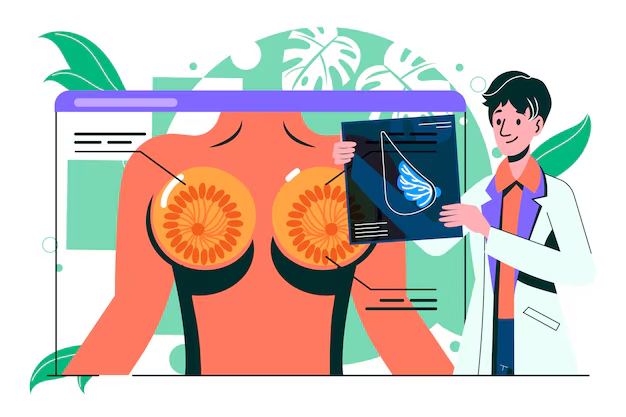Have you ever heard that crossing your legs can give you varicose veins? Or do only older people need to worry about their vein health? These are just a few of the many myths floating around about vein health. Today, we’re going to clear the air and separate fact from fiction when it comes to taking care of your veins.
Understanding Vein Health
Before we dive into the myths, it’s essential to understand what veins are and why they matter. Veins play a crucial role in our system, and knowing how they function can help us take better care of them. Let’s explore the basics of vein health and why it’s so important for our well-being.
The Importance of Veins
Veins are blood vessels that transport blood from different regions of the body back to the heart. Unlike arteries, which have thick, muscular walls to handle high pressure, veins have thinner walls and often rely on surrounding muscles to help push blood along. They also have valves to prevent blood from pooling, ensuring a one-way trip back to the heart.
If you have concerns about your vein health, consulting a Varicose veins doctor in Orlando can provide personalized advice and treatment options.
The Role of Veins in the Circulatory System
In the circulatory system, veins work with arteries to maintain blood flow. Arteries take oxygen-rich blood from the heart to the body, and veins return oxygen-poor blood to the heart for re-oxygenation. This process is vital for maintaining the oxygen and nutrient supply to your tissues and organs.
Common Vein Health Myths
There are plenty of misconceptions about vein health that can lead to improper care and confusion. To set the record straight, let’s tackle some of the most common myths surrounding veins. By knowing the truth behind these myths, we can better protect and maintain our vein health.
Myth 1: Only Elderly People Get Varicose Veins
While it’s true that age can increase the risk of developing varicose veins, it’s not an issue exclusive to the elderly. Varicose veins can appear in people of all ages. Some factors can also contribute to their development, such as:
– Genetics
– Pregnancy
– Obesity
– Prolonged standing or sitting
Myth 2: Varicose Veins Only Cause Cosmetic Concerns
Varicose veins can cause significant discomfort and lead to more serious health problems if left untreated. Some symptoms can interfere with daily activities, such as:
– Aching
– Swelling
– Heaviness in the legs
In severe cases, varicose veins can cause:
– Blood clots
– Ulcers
– Skin changes
Myth 3: Varicose Veins Can Develop If You Cross Your Legs
Crossing your legs won’t cause varicose veins. This myth likely stems from the fact that sitting for long periods can contribute to vein issues. However, the position of your legs while sitting has less impact than the duration of sitting itself. Regular movement and avoiding prolonged sitting are more important for vein health.
Myth 4: Only Women Suffer From Vein Issues
Although women are more likely to develop vein issues due to hormonal changes, men are not immune. Men are likewise susceptible to varicose veins and other vein-related problems. Ignoring vein problems can lead to serious health consequences for anyone, regardless of gender.
Myth 5: Exercise Makes Vein Problems Worse
Contrary to this myth, physical activity is beneficial for vein health. Regular exercise helps improve circulation and strengthens the muscles that support your veins. The following activities are particularly good for maintaining healthy veins:
– Walking
– Swimming
– Cycling
Debunking Lesser-Known Vein Myths
Beyond the well-known myths, there are also lesser-known misconceptions that can mislead people about their vein health. These myths might not be as commonly discussed, but they still impact how we approach vein care. Let’s dive into these lesser-known myths and uncover the real facts behind them.
Myth 6: Vein Issues Are Always Painful
Not all vein issues are accompanied by pain. Some people might have visible varicose veins without experiencing any discomfort, while others may have significant pain with less visible vein issues. Symptoms can vary widely, making professional diagnosis important.
Myth 7: Varicose Veins Can Be Cured with Creams and Ointments
While certain creams and ointments might help alleviate symptoms, they can’t cure varicose veins. Effective treatments often include:
– Lifestyle changes
– Compression therapy
– Medical procedures like sclerotherapy, laser therapy, or vein surgery
Myth 8: You Can Diagnose Vein Issues Yourself
Self-diagnosis can lead to misunderstandings and missed treatments. Vein conditions should be diagnosed by a vein doctor who can provide appropriate treatment options based on individual circumstances.
Conclusion
Vein health is often misunderstood, leading to the spread of many myths. By debunking these common misconceptions, we can take better care of our veins and recognize the importance of professional diagnosis and treatment. Remember, seeking medical advice when needed and having a healthy lifestyle are essential to keeping your veins in good shape. So, let’s leave the myths behind and focus on facts for better vein health.





















Discussion about this post